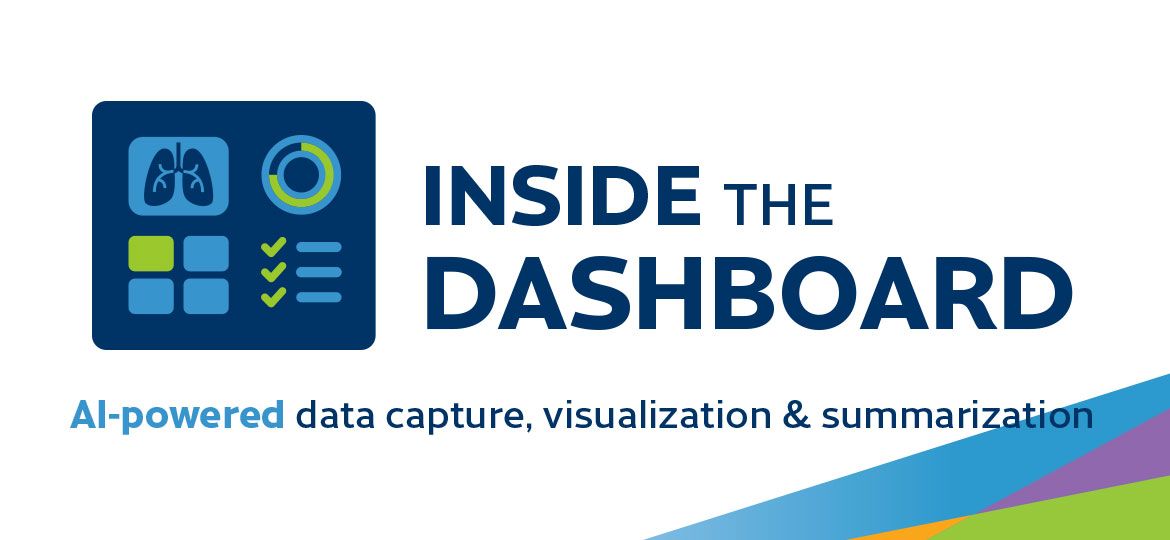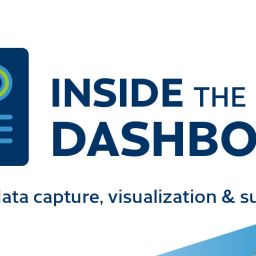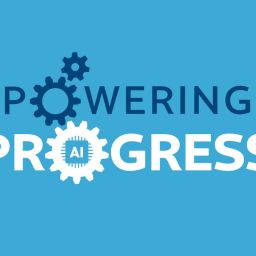
This post is part of a four-part series exploring how OPOs are using CompuMed’s AI-powered data capture, visualization and summarization innovation to improve lung donor management. Each blog highlights a different way this first-of-its-kind tool helps the right information reach the right decision-makers in real-time. In this installment, the Center for Donation and Transplant of New York shares how the platform is reducing variability and increasing clinical trust.
At the 2025 AOPO Annual Meeting, a standing-room-only breakout session introduced a donor management innovation that’s already transforming how one OPO handles lung donor data. CompuMed’s new AI-powered platform is designed to help teams securely capture, consolidate and visualize key clinical data in real-time so the right information reaches the right decision-makers faster and more consistently.
For Dan DiSante, director of Clinical Operations at the Center for Donation and Transplant (CDT) of New York, the value of the platform became clear after just a few months of use. During the session, he walked attendees through a familiar challenge and how this new tool helps solve it: reducing variability in lung donor case communication.
Helping Coordinators Share the Right Data
With organ recovery coordinators across the donation and transplantation community coming from a range of clinical and non-clinical backgrounds, it’s not uncommon to get different opinions about the data that matters most in a lung donor case.
“If I polled ten people in this room and asked what they would pull from a data set to share with a surgeon, I’d get ten different answers,” Dan told attendees during his AOPO presentation. “Some would say it’s the volume. Others might point to the ventilator modes, the ABGs or the chest X-ray.”
This creates challenges for effective communication in lung donor cases.
As Dan explains, “Depending on a coordinator’s background, their ability to interpret the data in front of them is variable. That means you’re not communicating the data – you’re communicating your interpretation of the data.”
To address this, the CompuMed platform helps standardize the collection and sharing of donor data. Instead of relying on individual judgment, the system guides coordinators through each case using customizable checklists and real-time AI tools.
Data can be securely captured at the source, from ventilator screens, bedside monitors and more, and uploaded directly into the platform. The system’s AI then helps extract and organize relevant information in a consistent, structured format that supports better, faster decision-making.
“The AI isn’t trying to solve the problem for you,” says Dan. “It’s asking your subject matter expert, ‘What matters to you?’ Then it guides the coordinator to pull that data and presents it accordingly.”
To support this tailored approach, the platform includes several key features:
- Secure, versatile data capture: via mobile photos, direct uploads, screencasts and more
- Customizable lung evaluation checklist: to standardize the information collected
- Data progress indicators: so coordinators can easily confirm all required data has been submitted
- Real-time AI summaries: to highlight donor characteristics and a timeline of donor management
These capabilities enable one source of truth.
“Historically, a coordinator would send a case to the physician evaluating the lungs and get a response based on the information provided,” says Dan. “But now, with the CompuMed platform, we see that, two years ago, the patient had cavitary lesions. Their medical history also includes immunosuppression. Those things might not have been a red flag for the coordinator, but they will be for the evaluating physician.”
Speed and Reliability That Build Confidence
For CDT’s clinical educator, June Delisle, one of the most valuable features of the dashboard is how quickly and reliably the platform summarizes key donor data.
“It takes about 20 seconds for AI to parse the information from the files,” says June.
“We then have the ability to look back and make sure all of the data extracted was complete and accurate,” she adds.
Importantly, the AI doesn’t guess or make predictions – it simply organizes the data.
“It’s not telling you what to do,” clarifies Dan. “It’s telling you the story of that potential donor: ‘Lung function was X, we applied this protocol, and now the function is Y.’”
Dan says he has personally reviewed and validated a number of CDT’s cases and states that the system has proven reliable.
“I’ve only seen one error, and it was a time stamp challenge,” says Dan. “This is more of a language model than anything else, pulling the data and presenting it in a way that we can quickly understand.”
Solving Communication Challenges to Save More Lives
Ultimately, Dan believes the most important takeaway for other OPOs isn’t just the platform’s features – it’s what it fixes.
“The real problem this solves is communication,” says Dan. “It’s trust that the right data is getting to the right people. It’s the quality of the data being shared.”
“With the tools that we had five years ago, we couldn’t get this kind of data to our stakeholders,” he adds. “Now we can – and more.”
That difference can determine whether a lung gets transplanted or not. And that’s a difference worth sharing with OPO colleagues.
Ready to see if CompuMed’s donor management dashboard can help your OPO improve donor lung management? Contact our team to learn more or schedule a demo.




